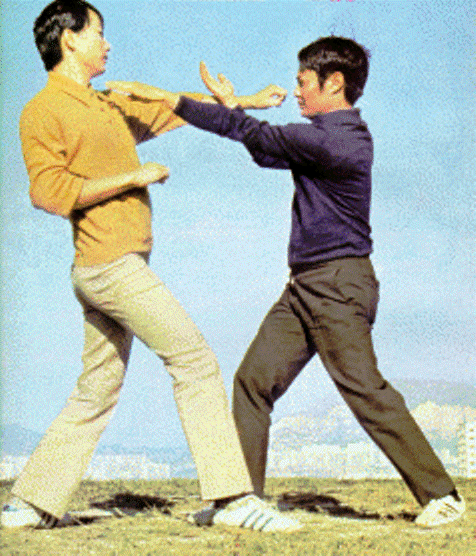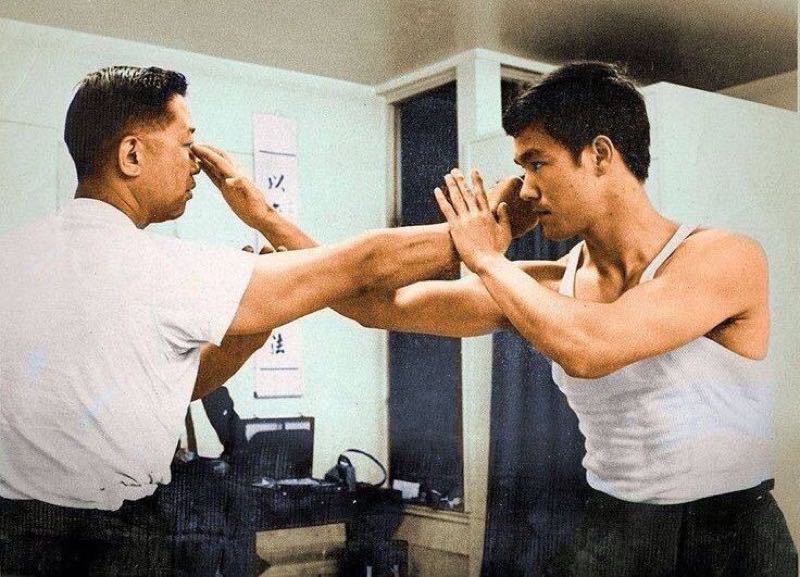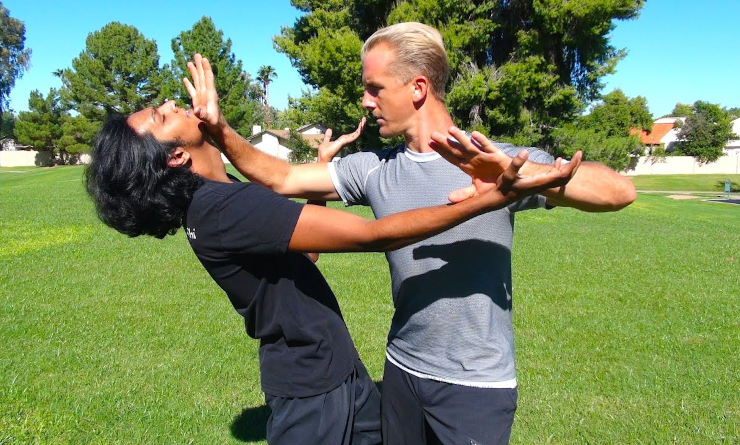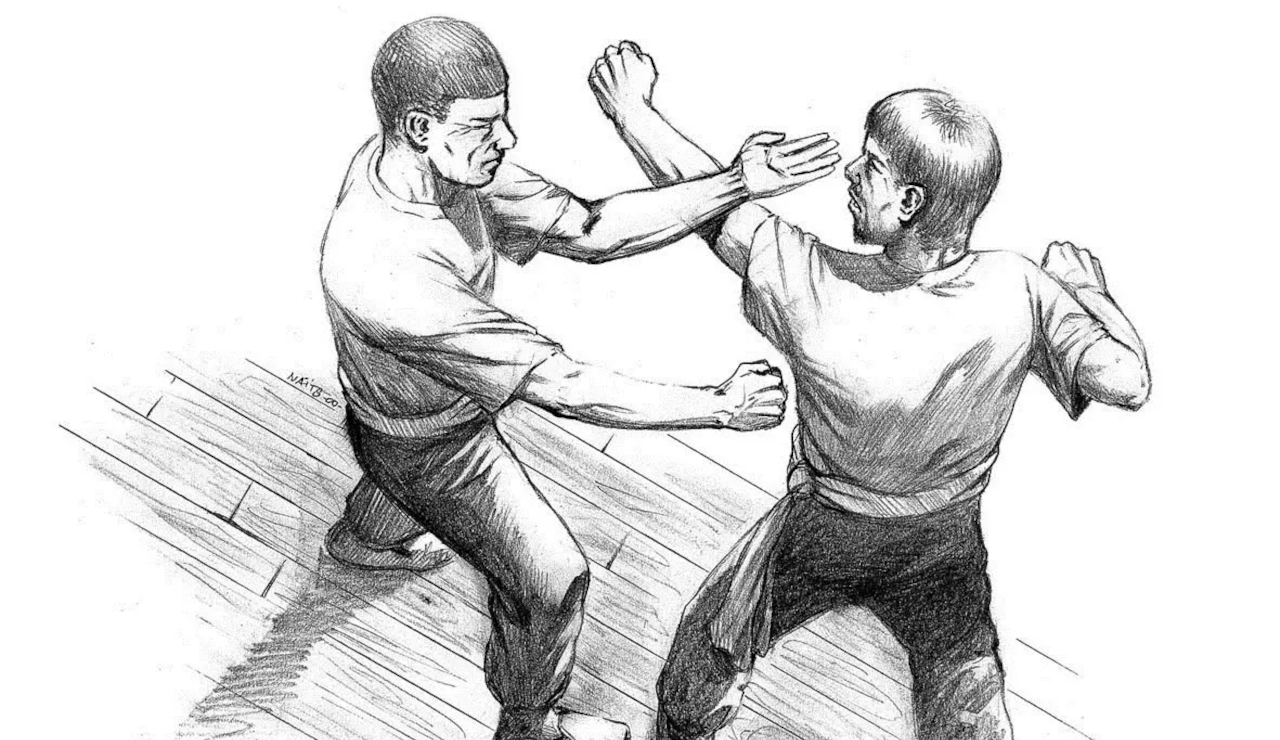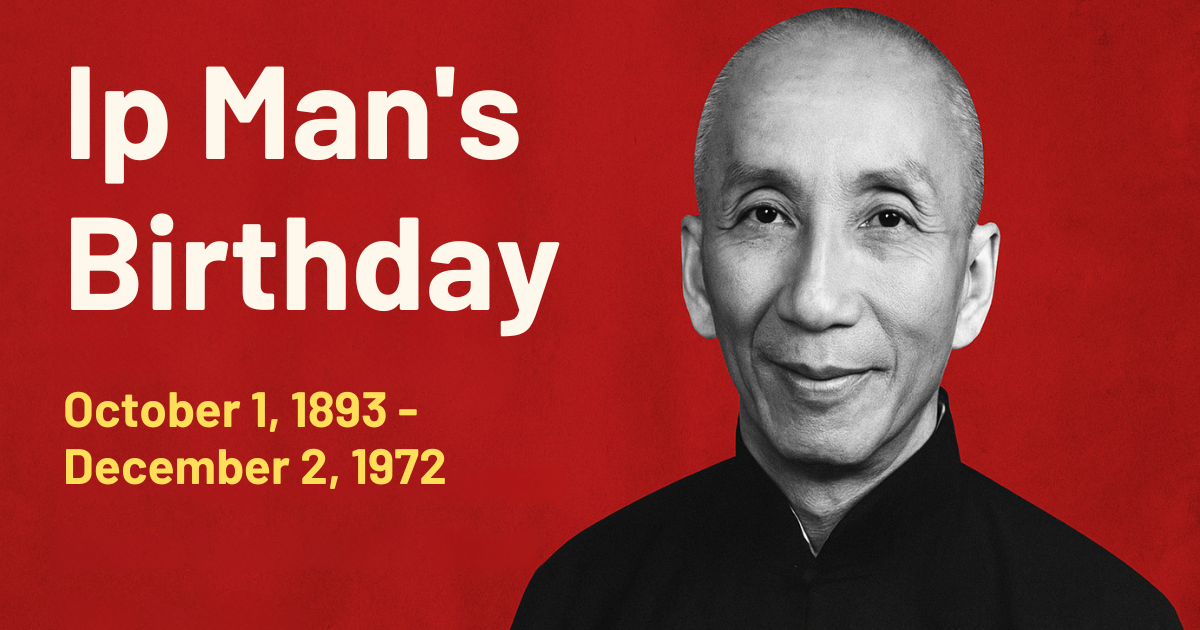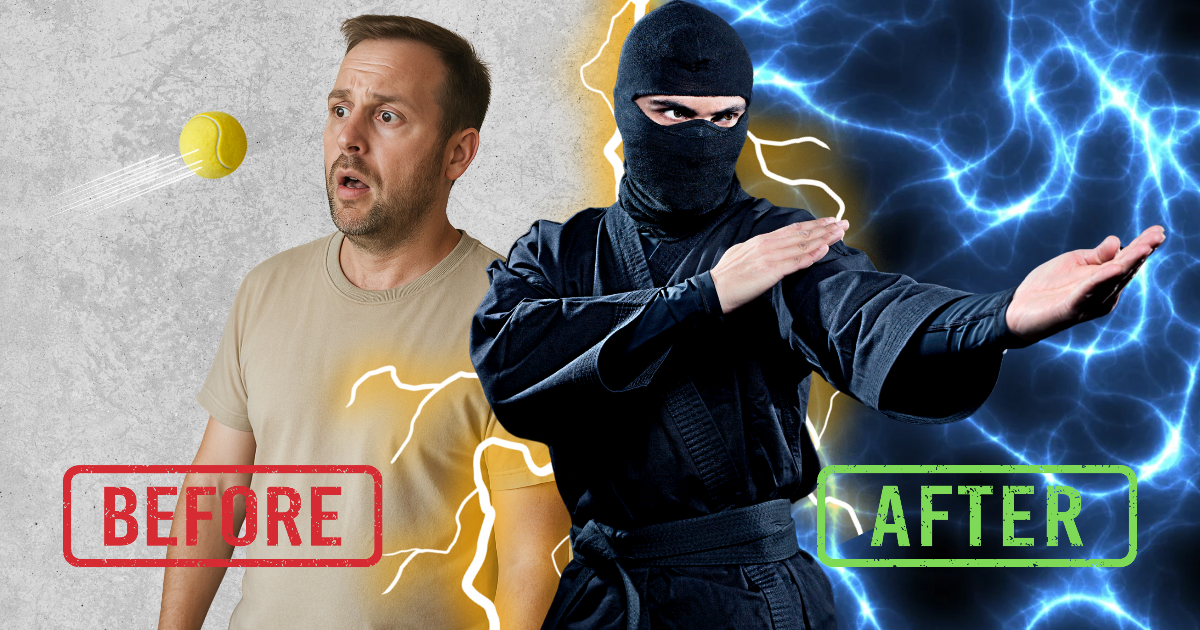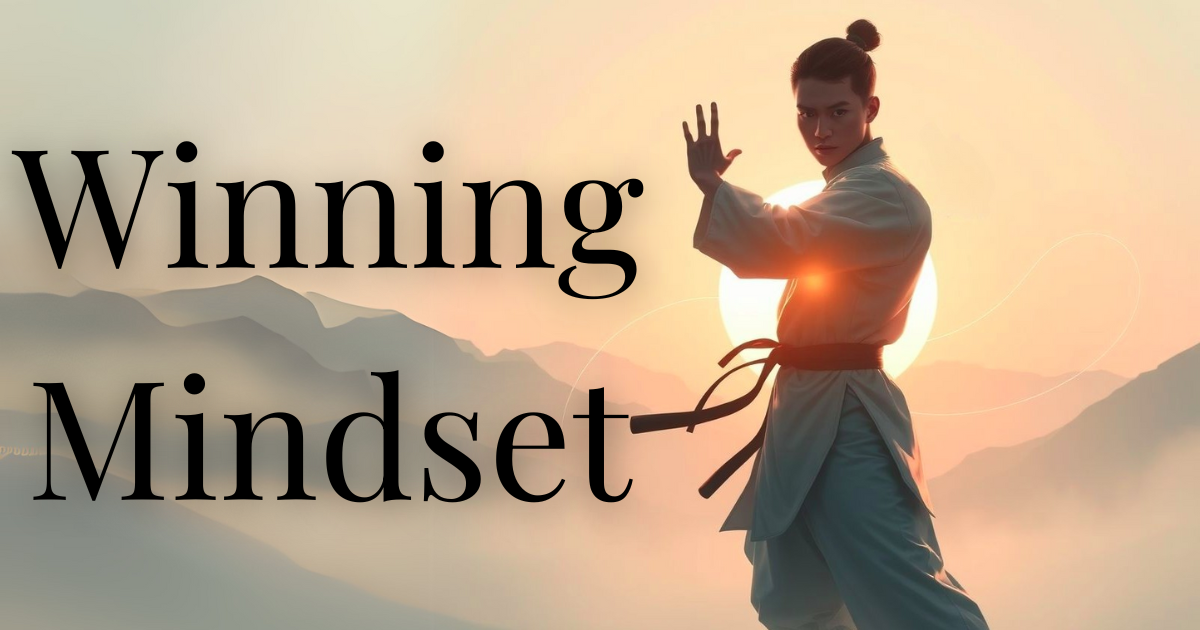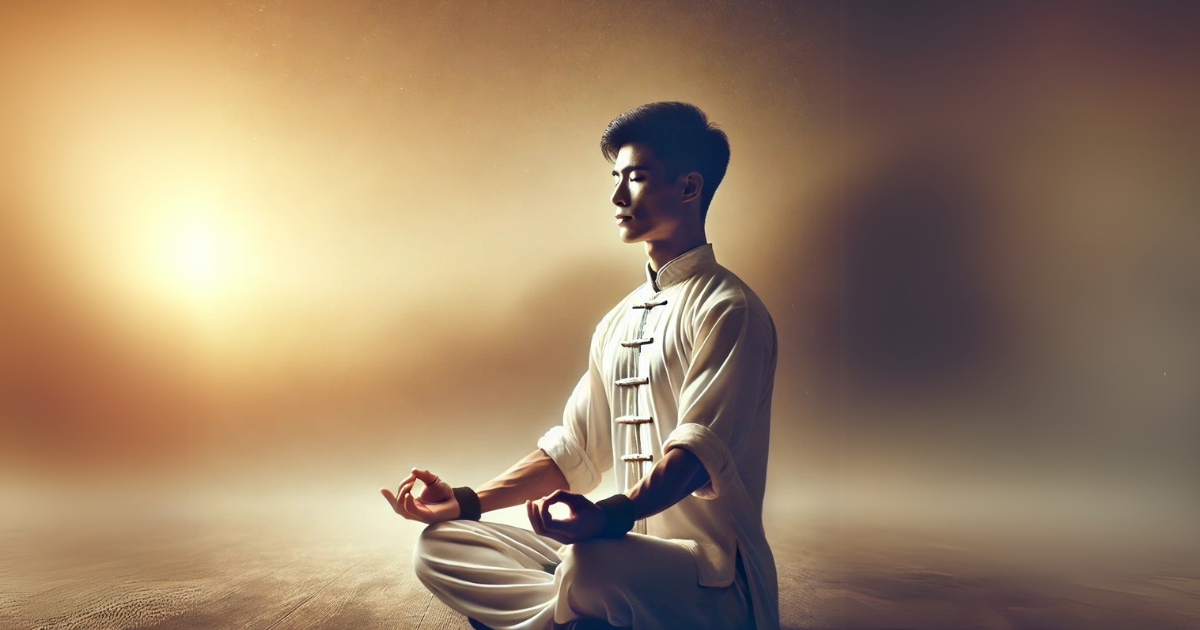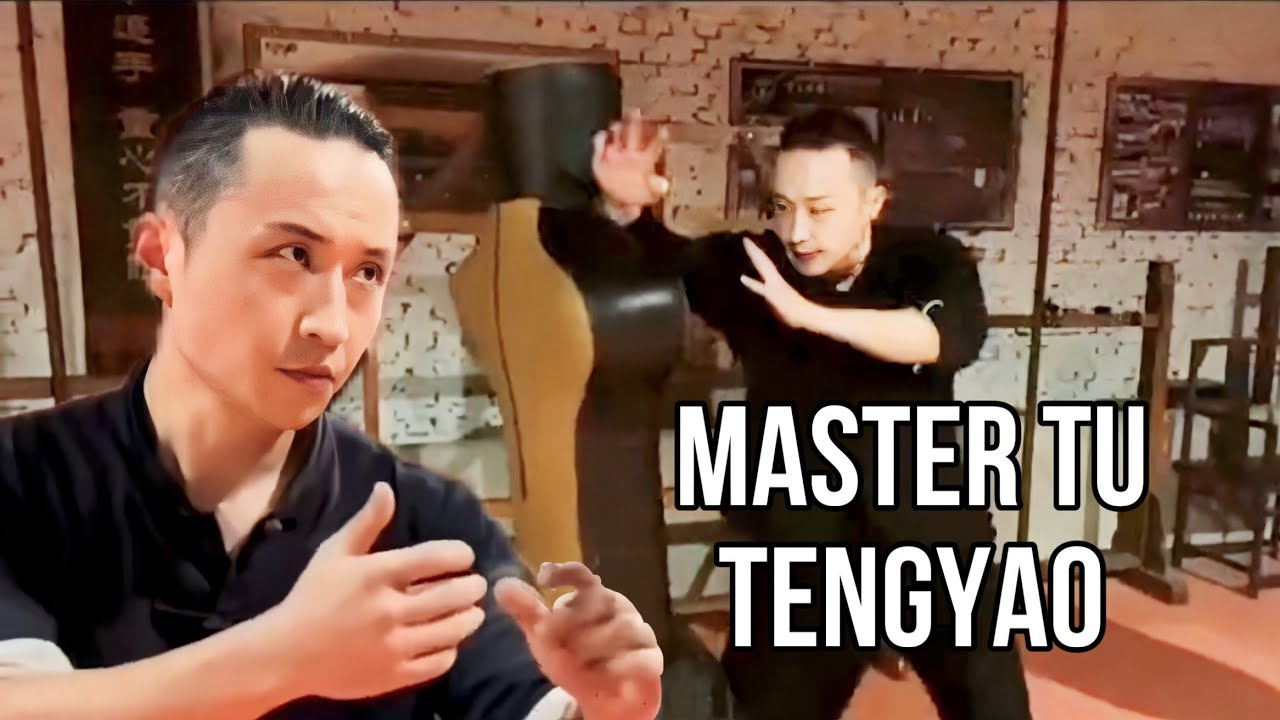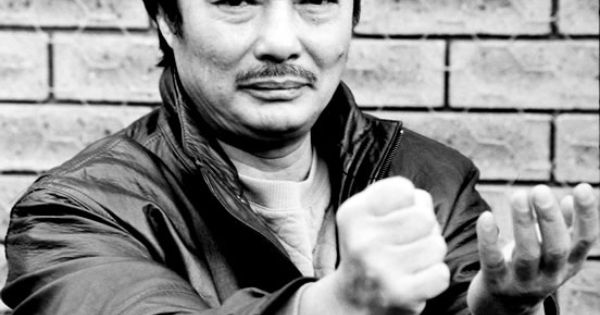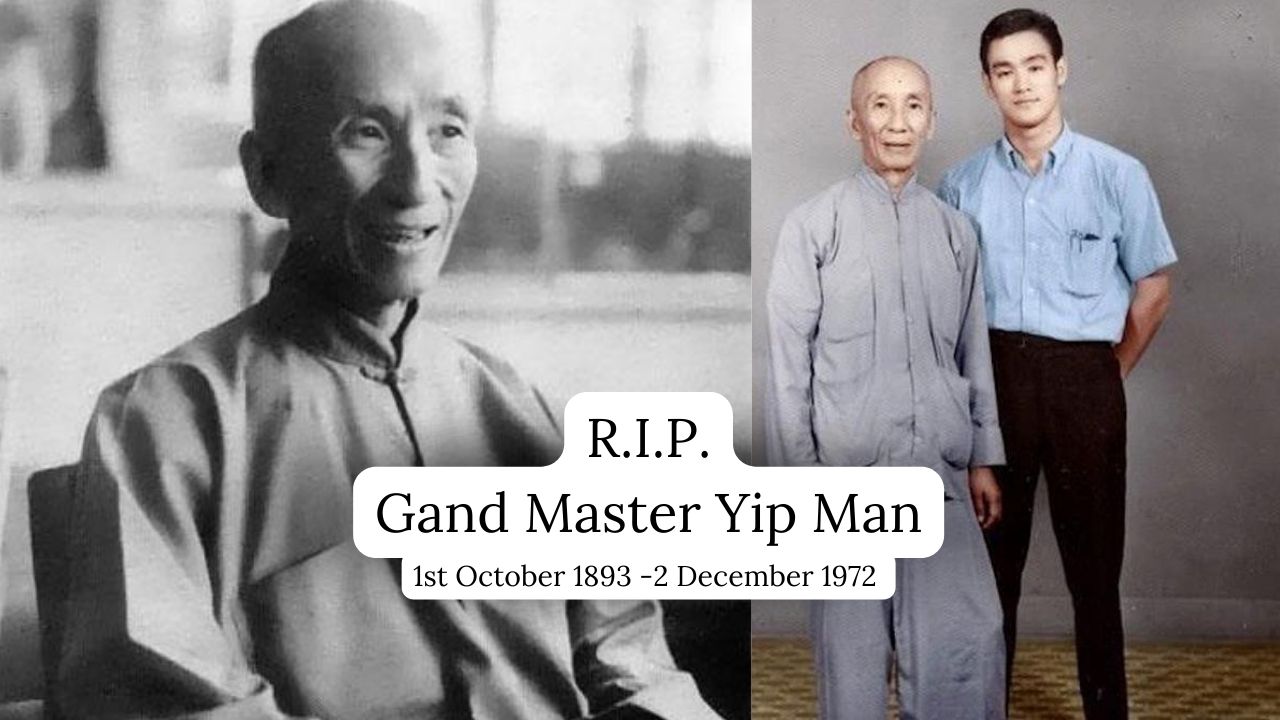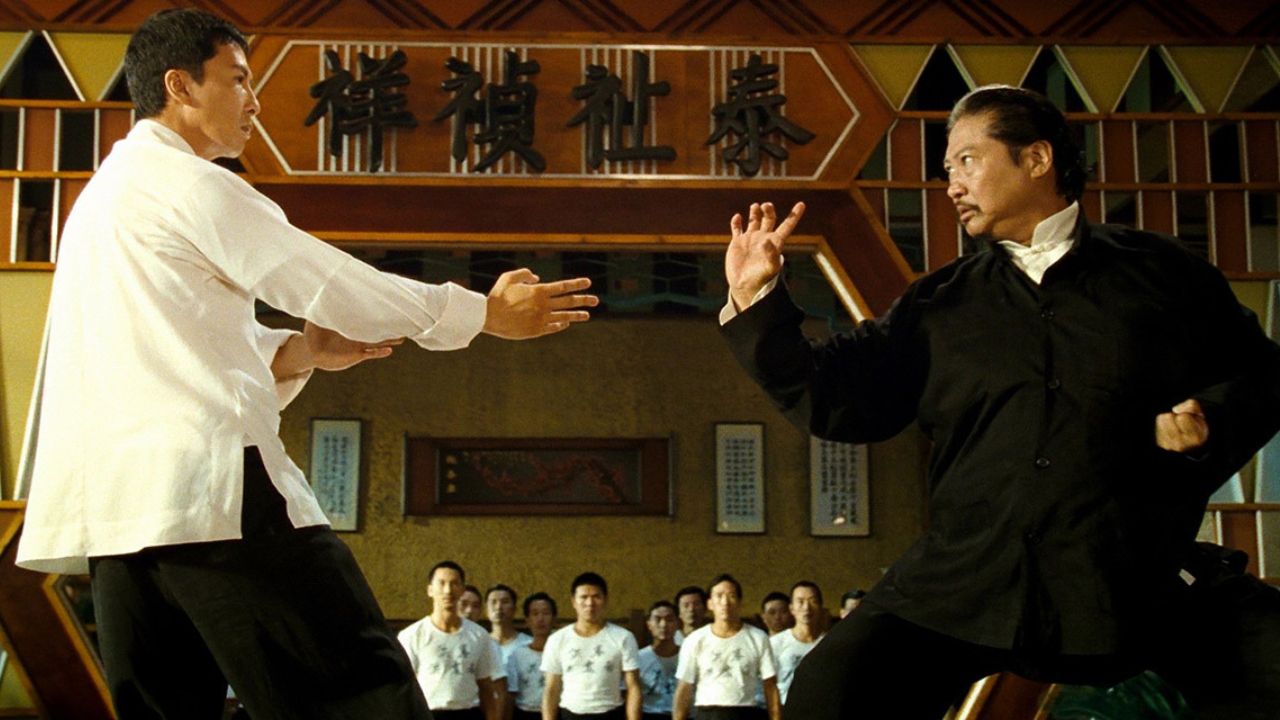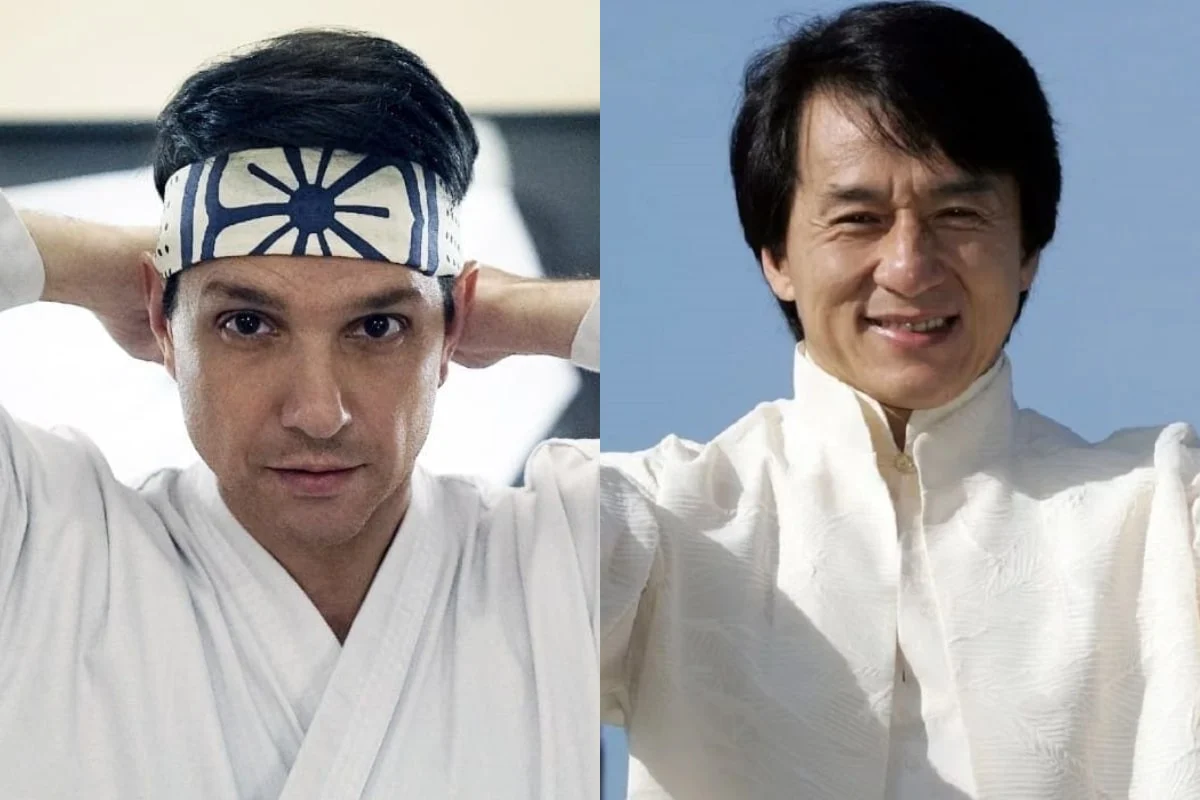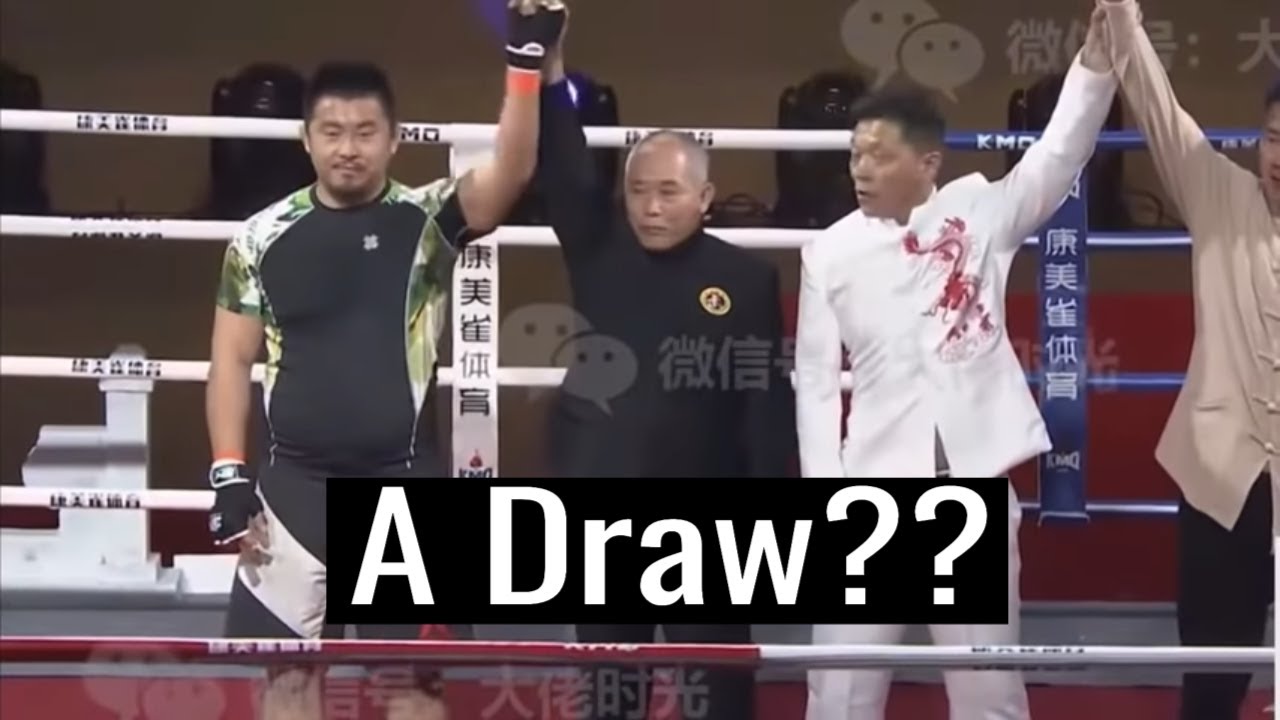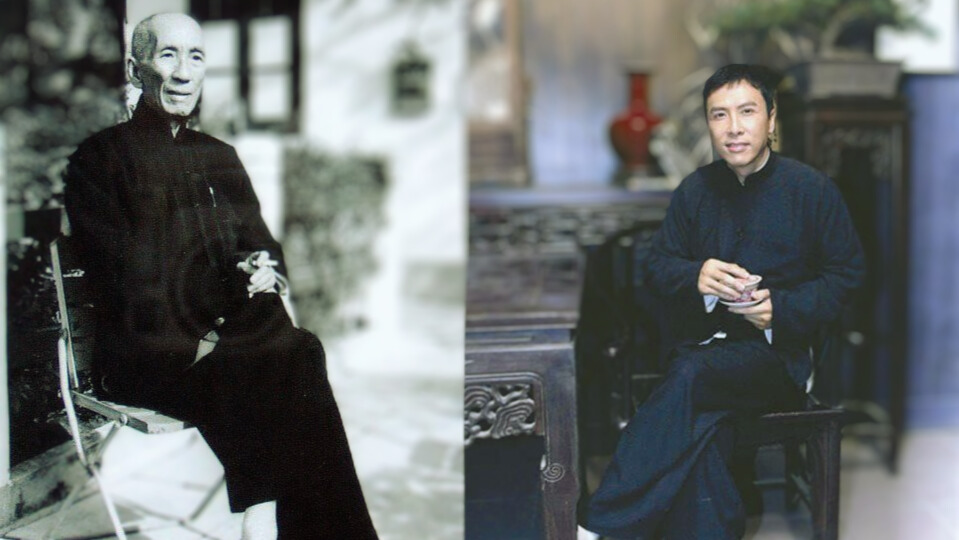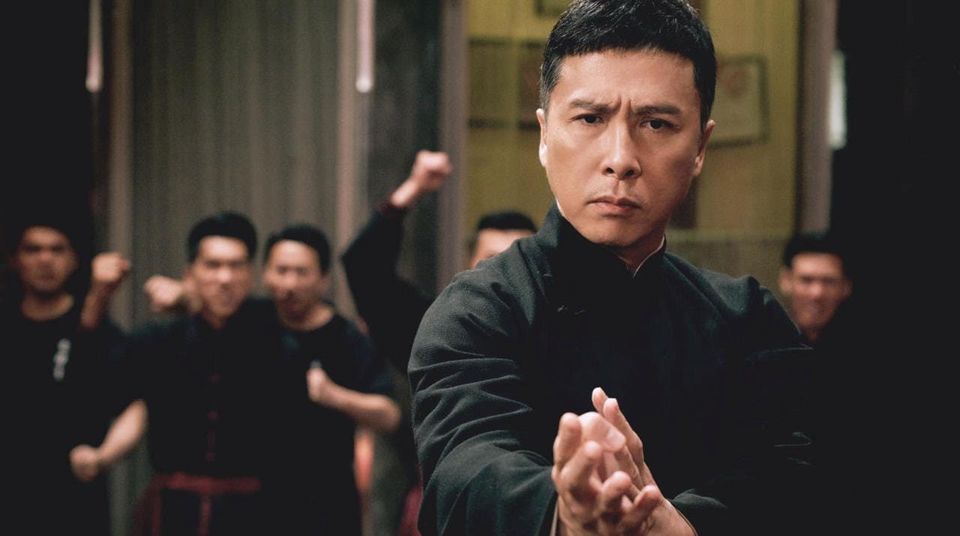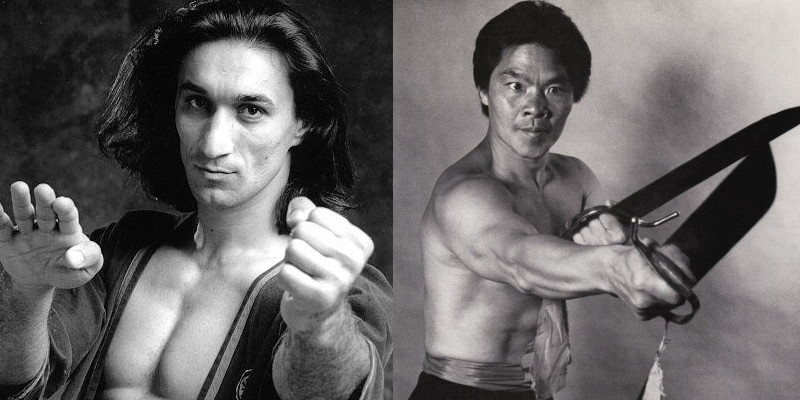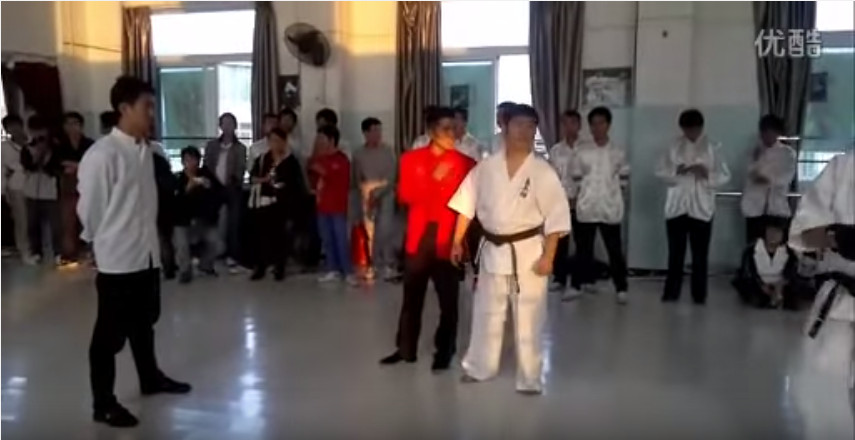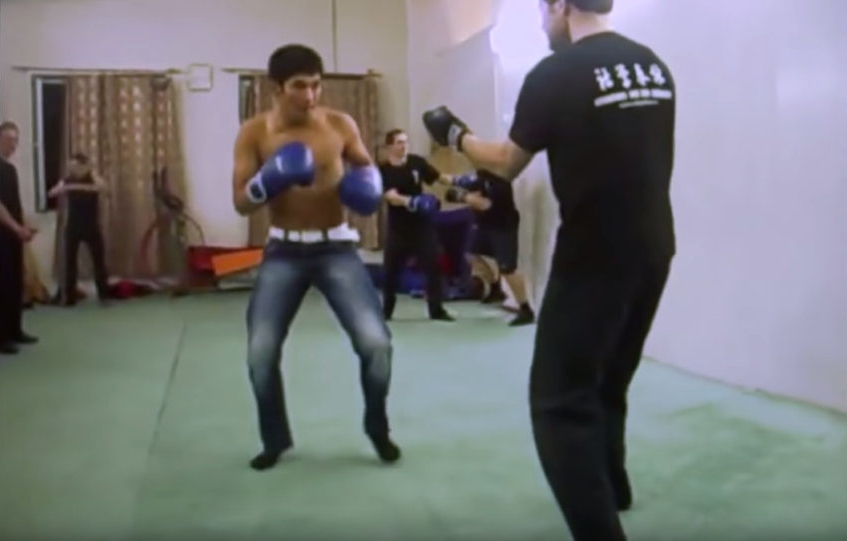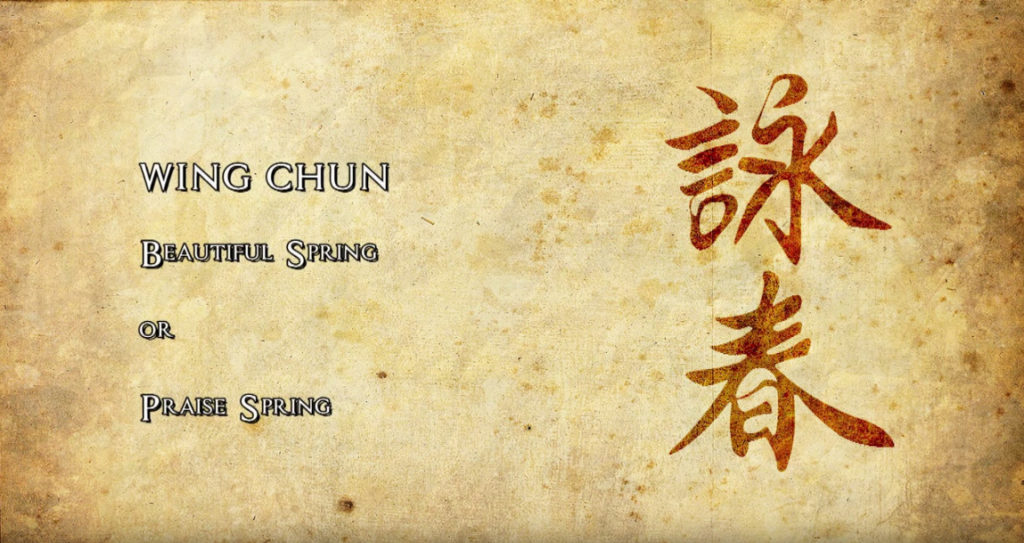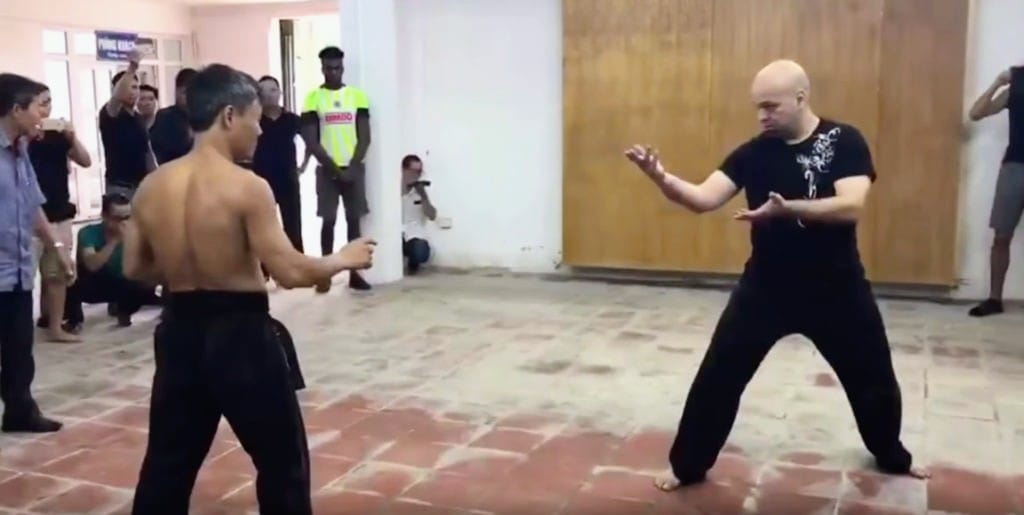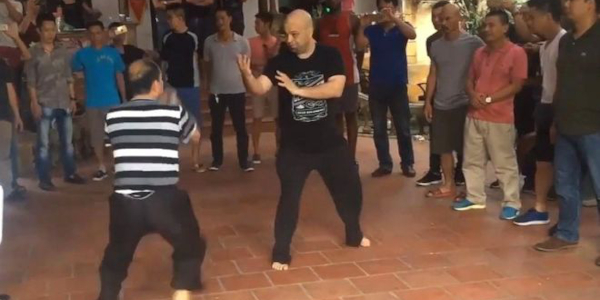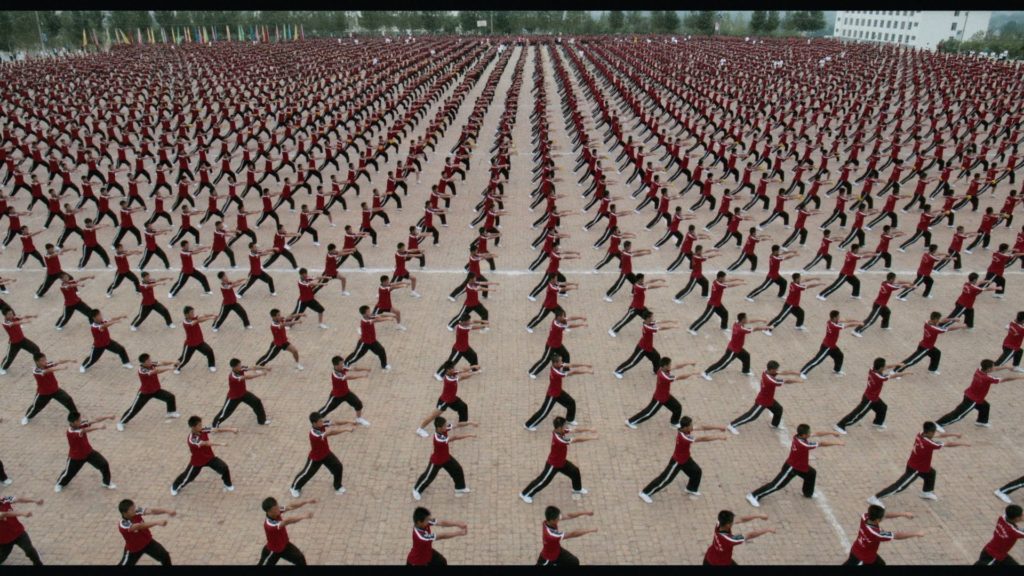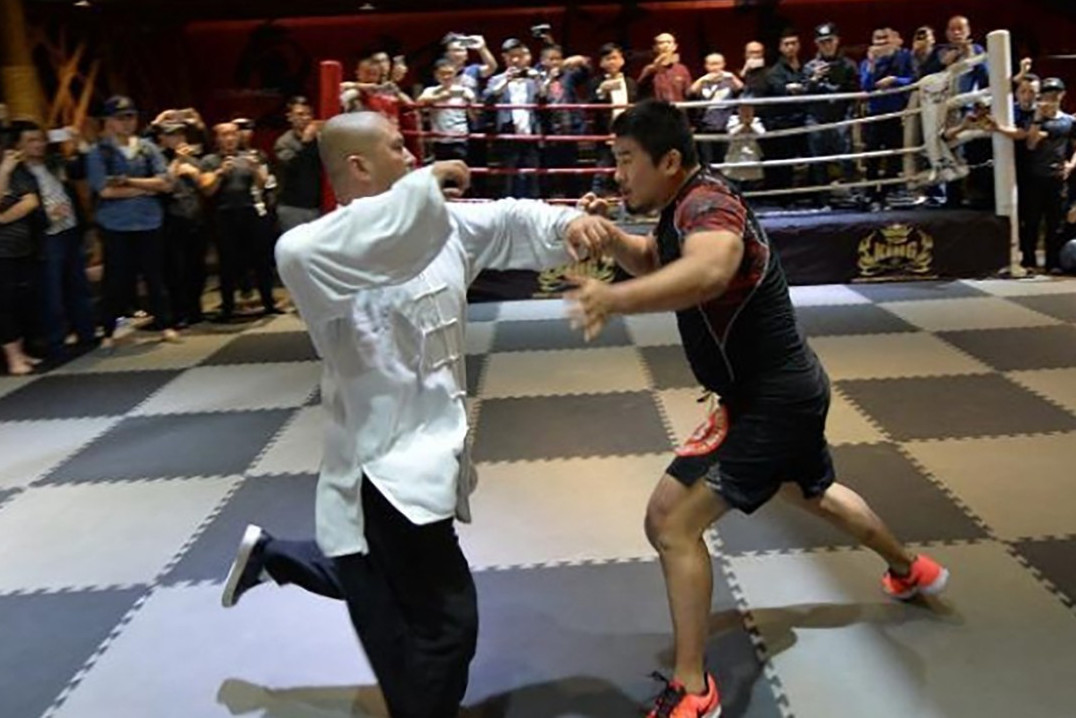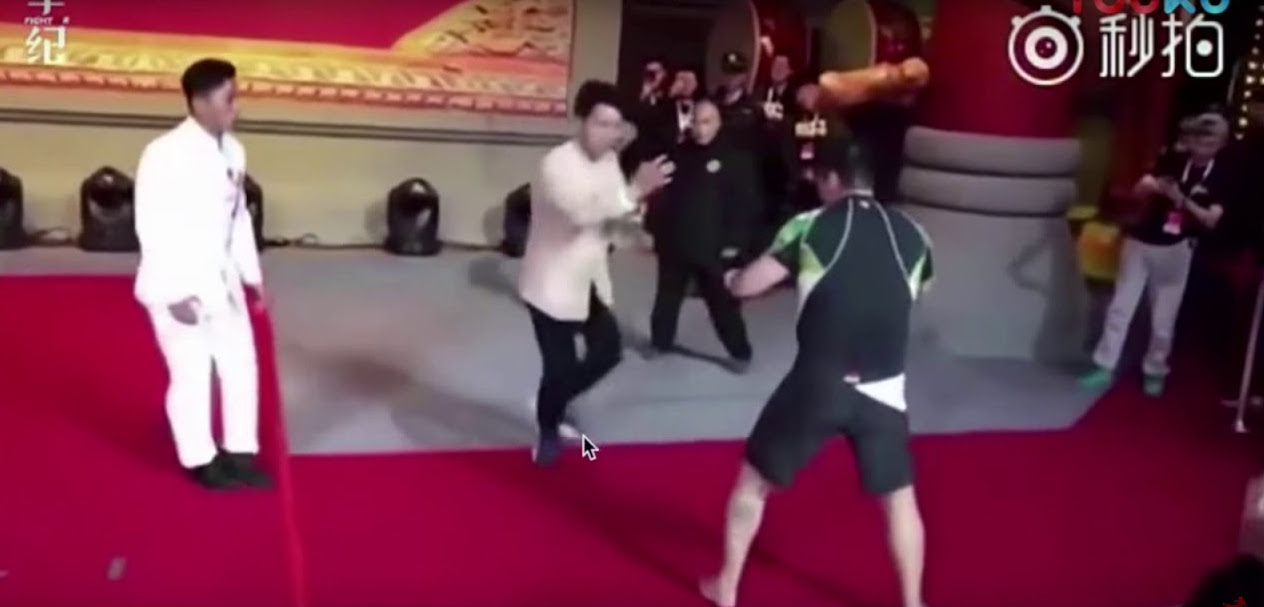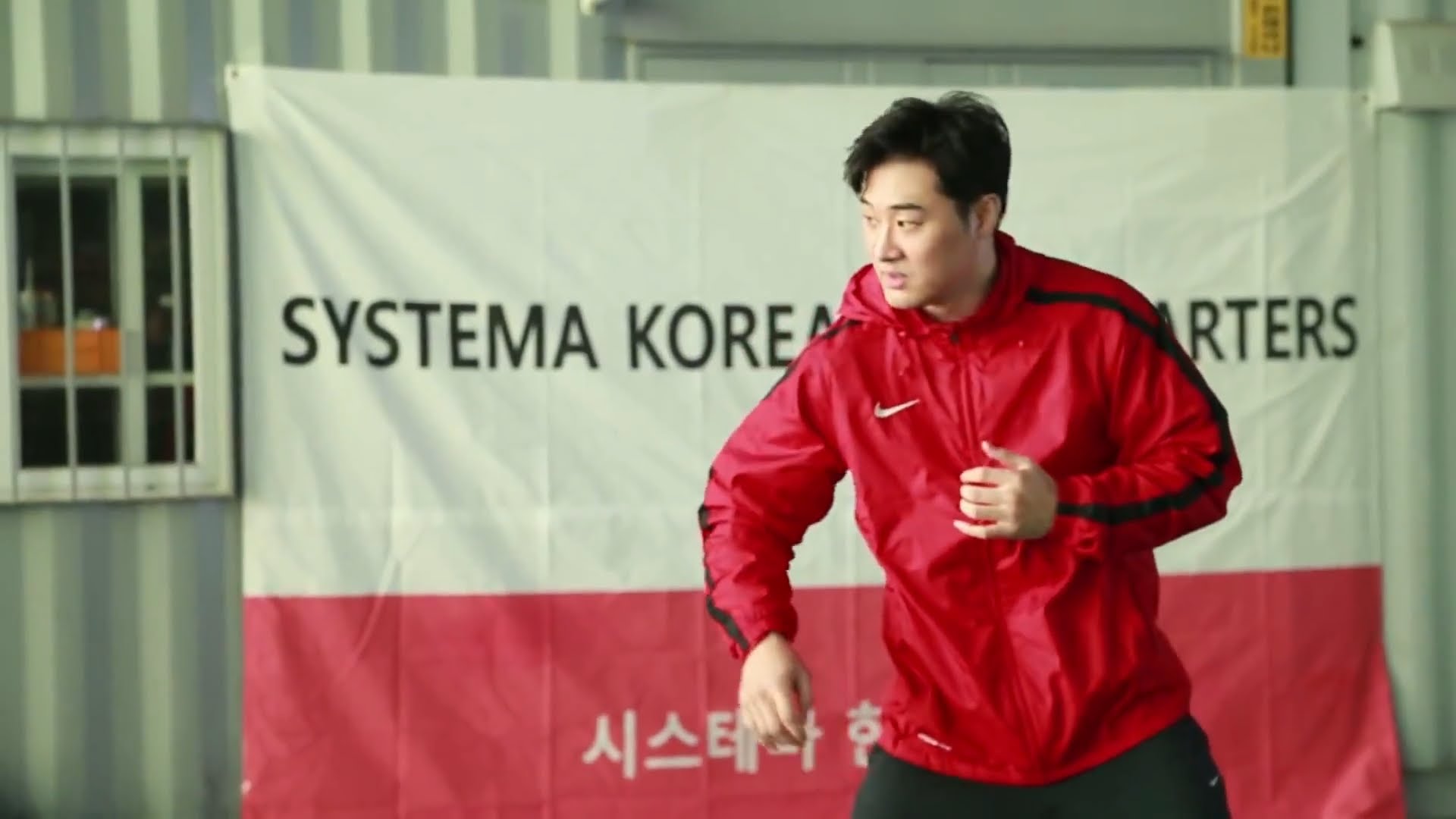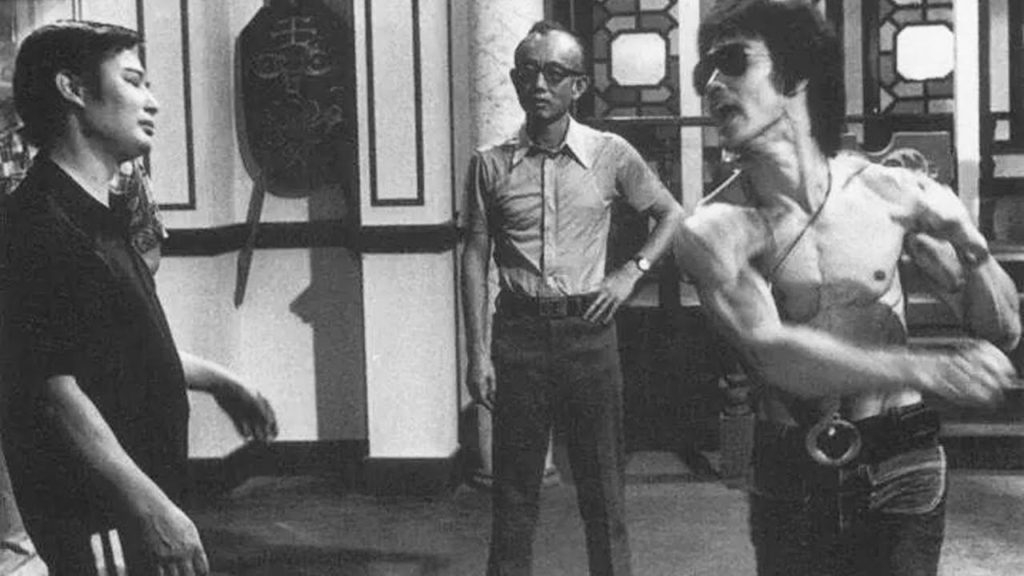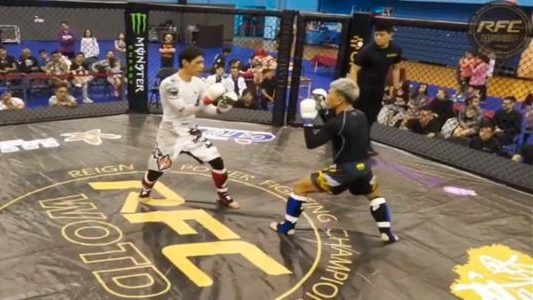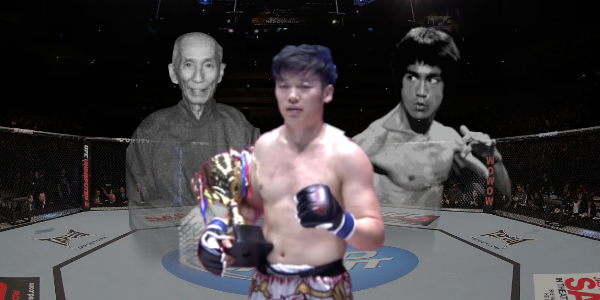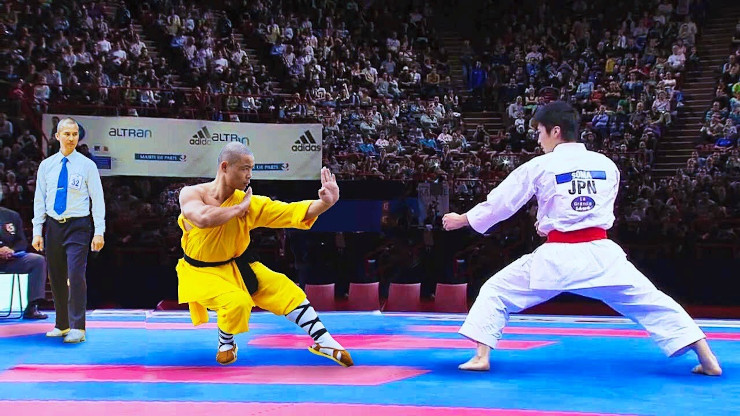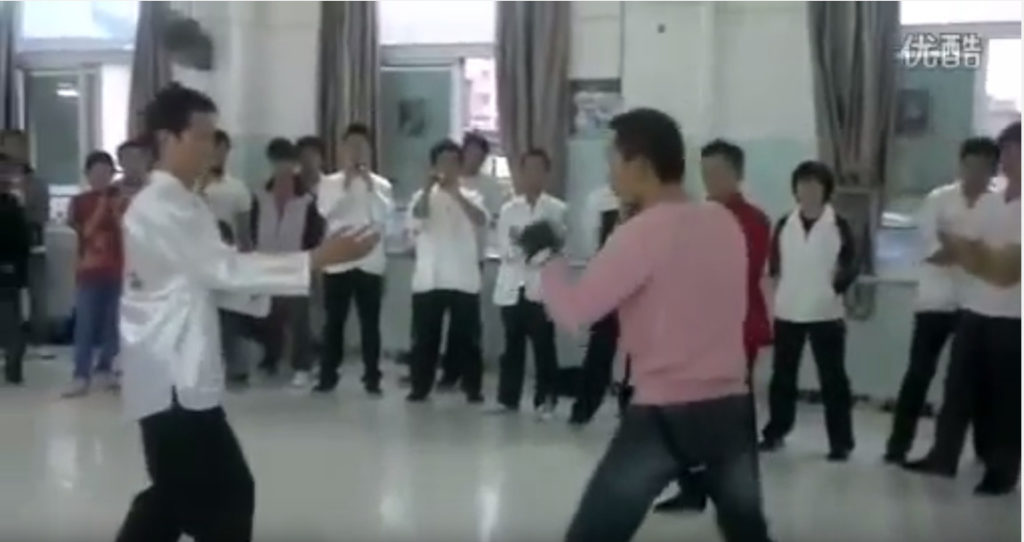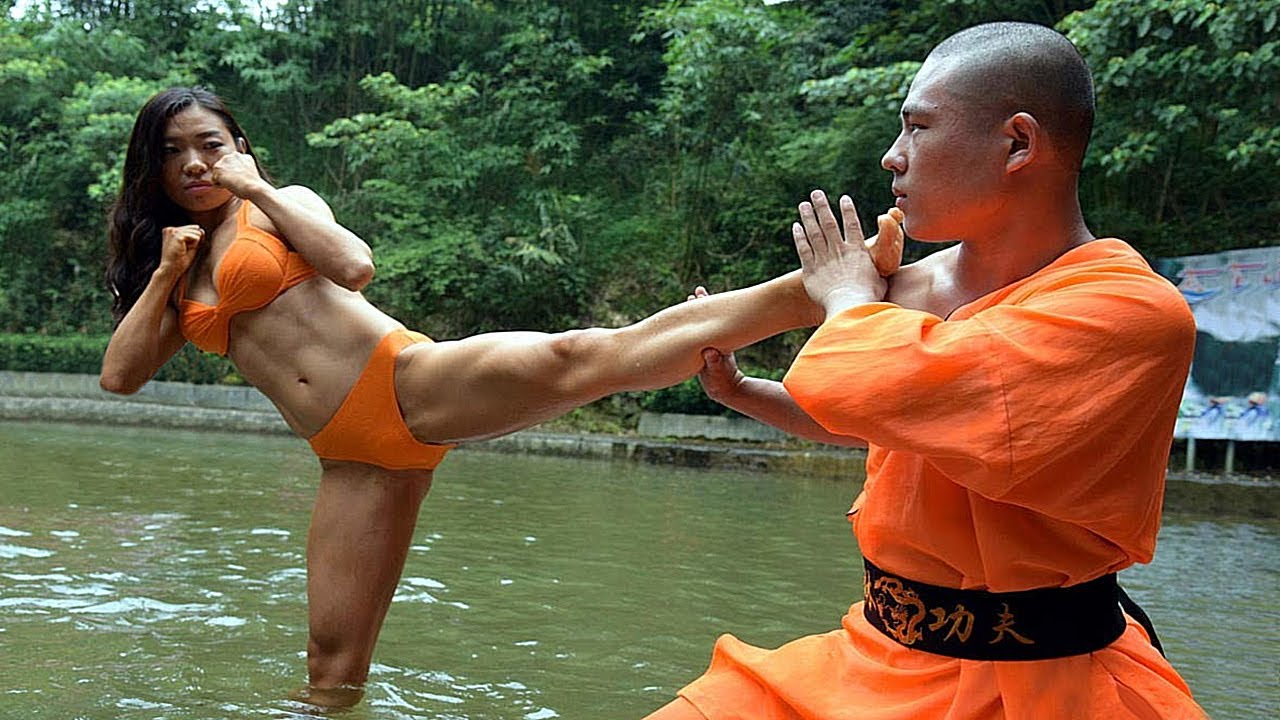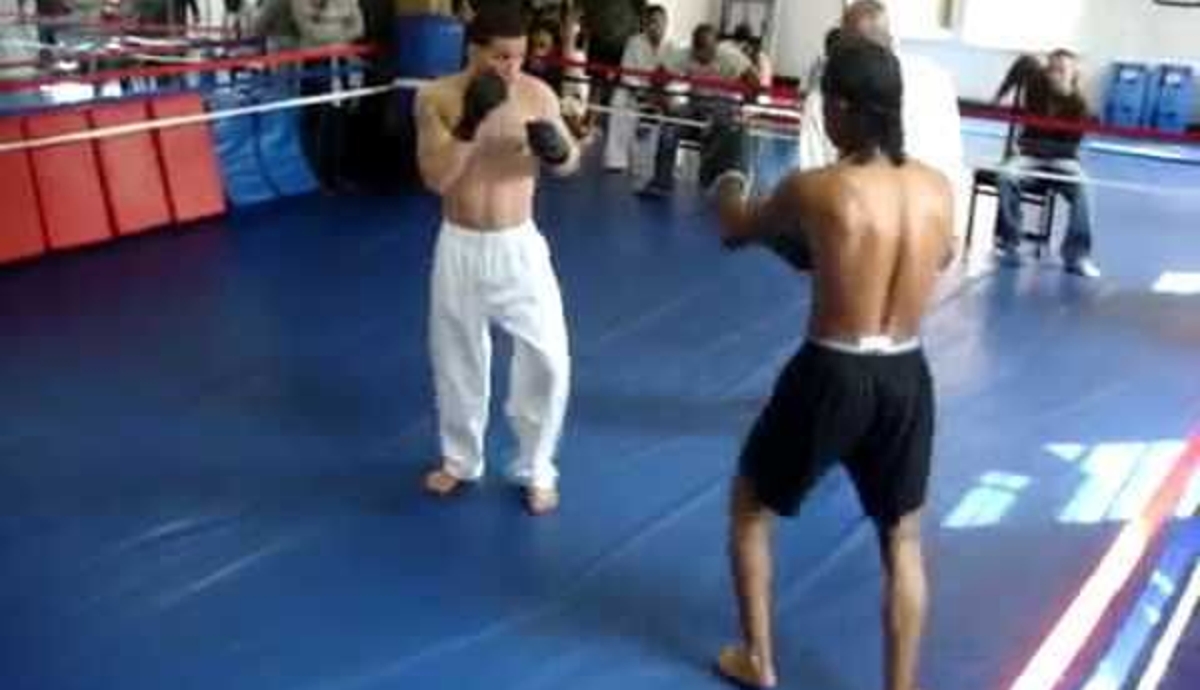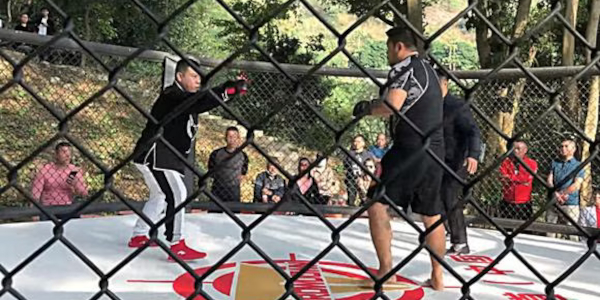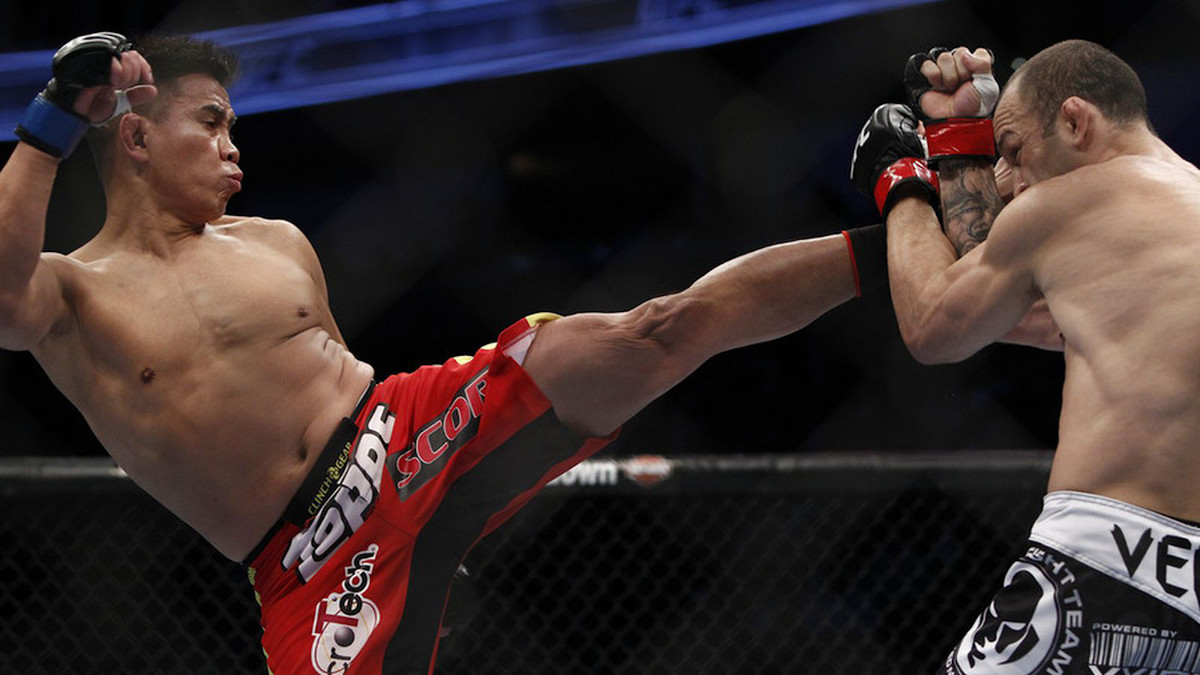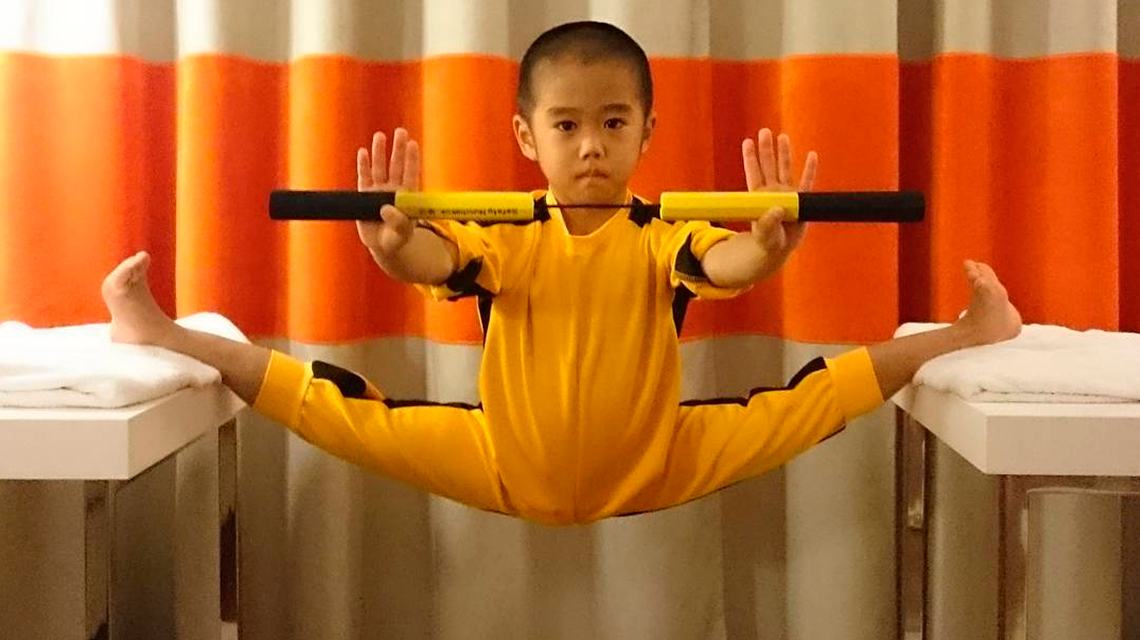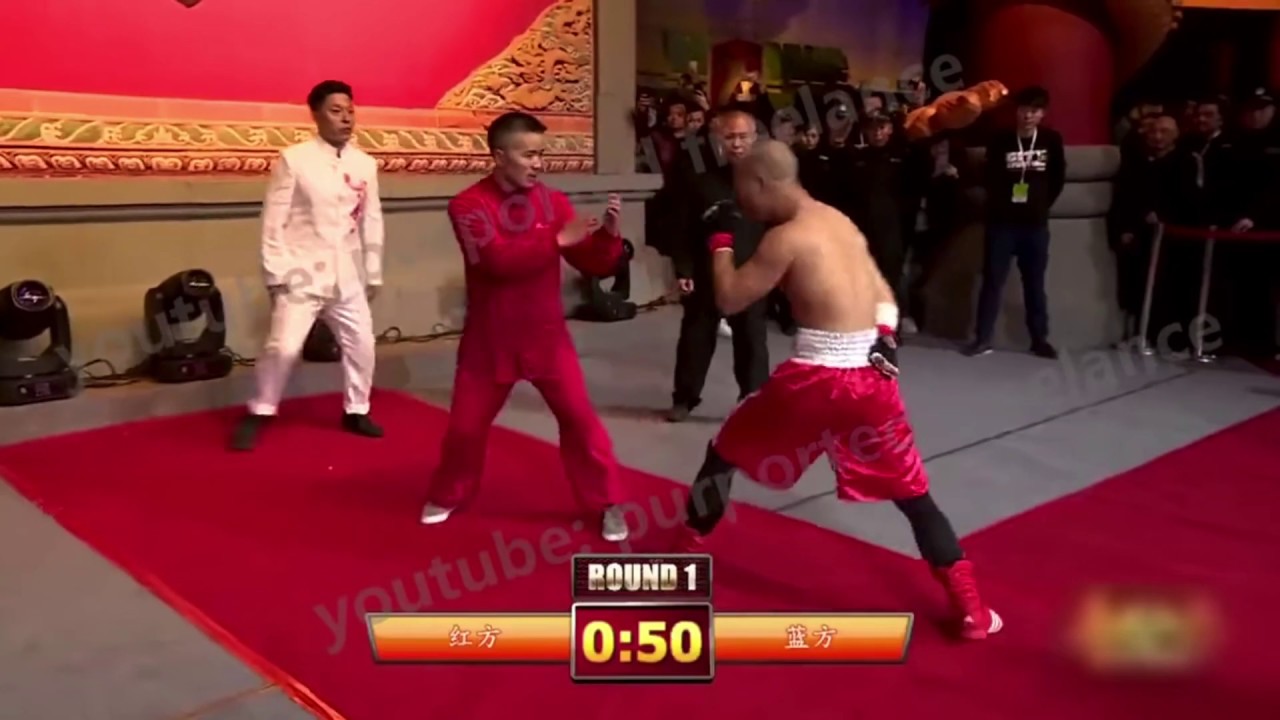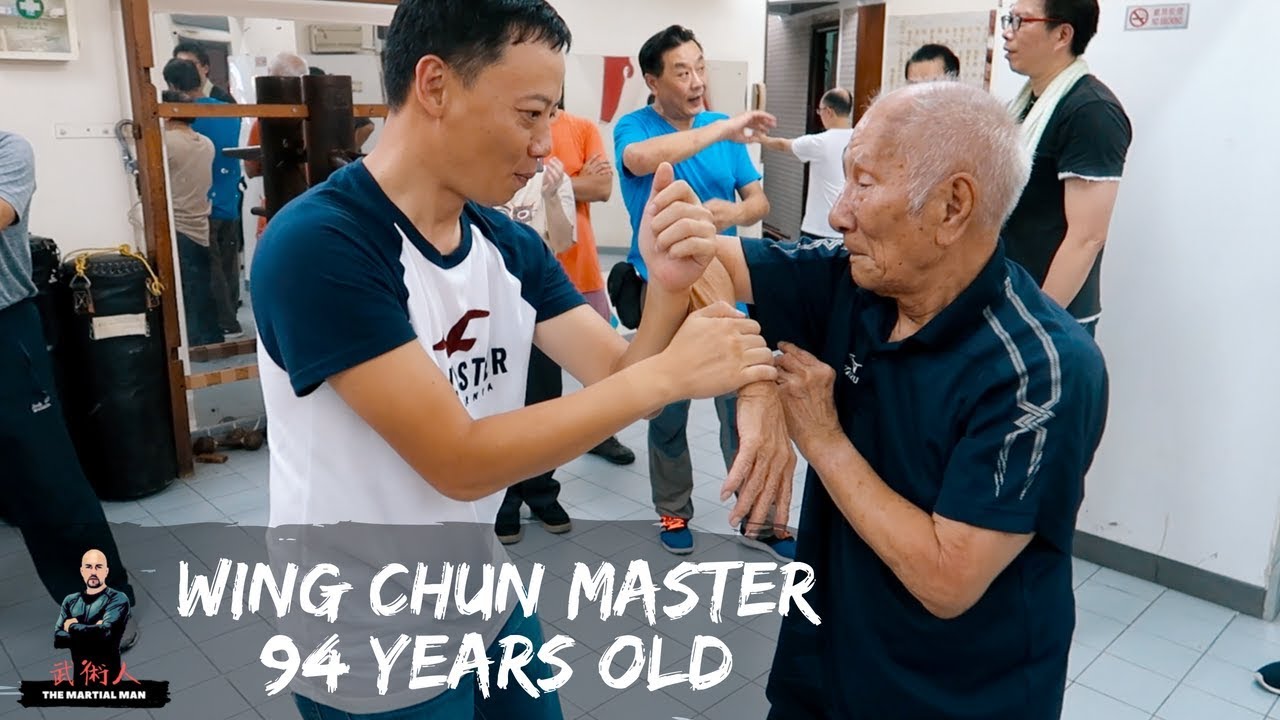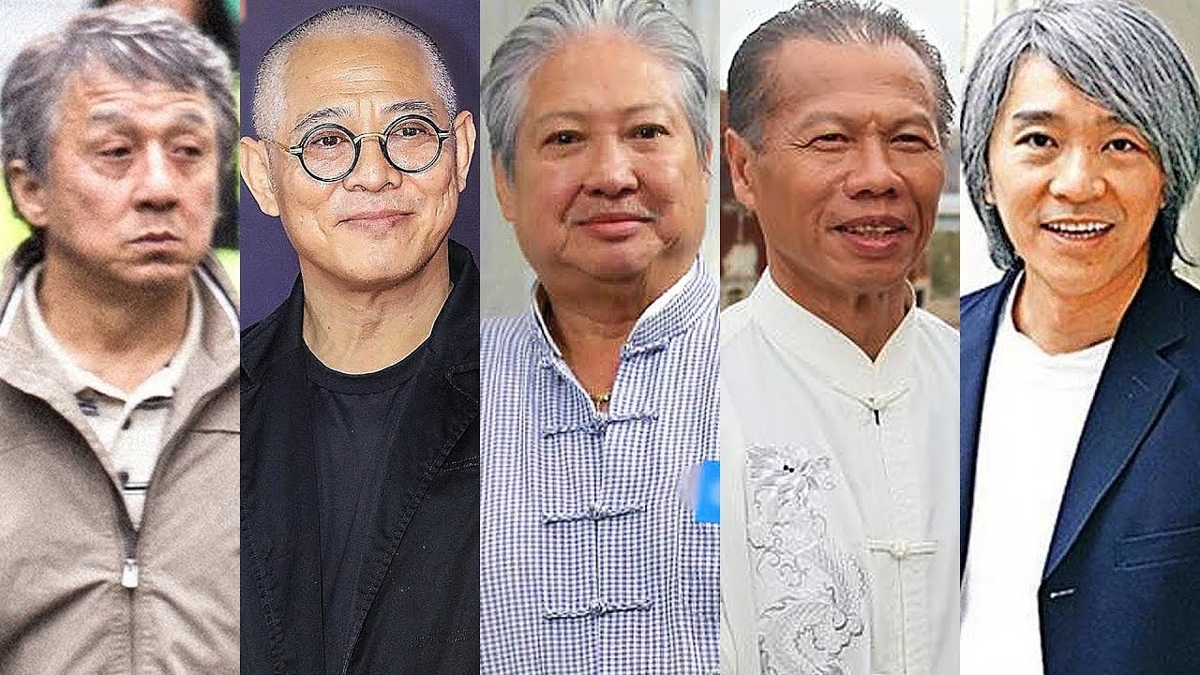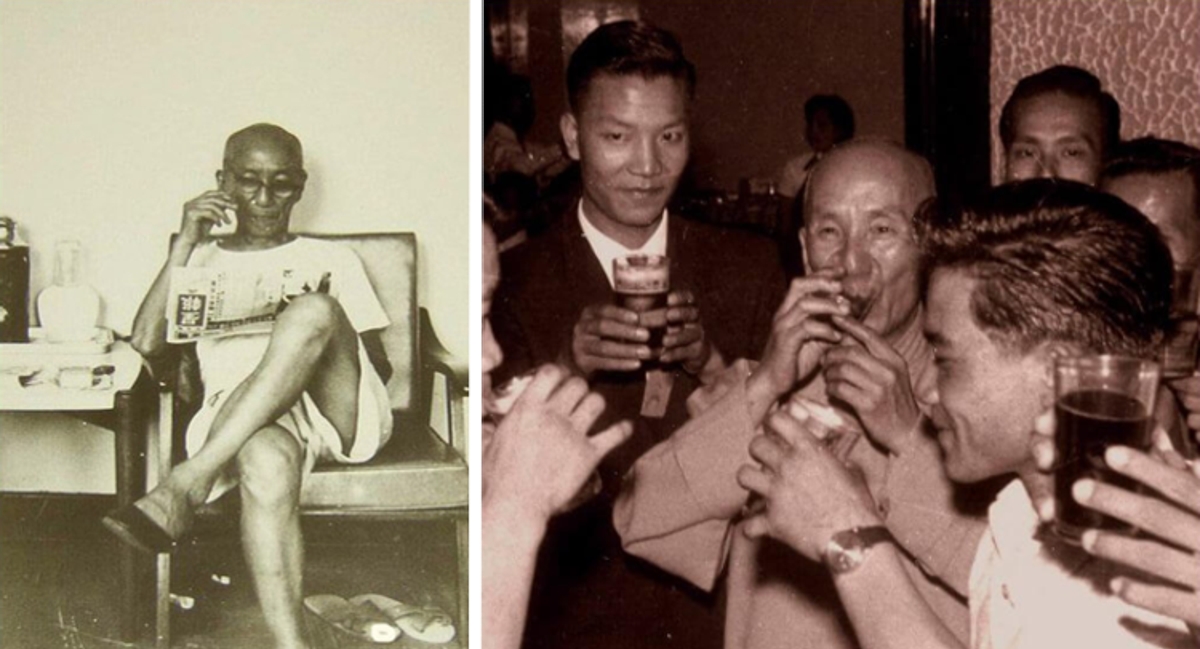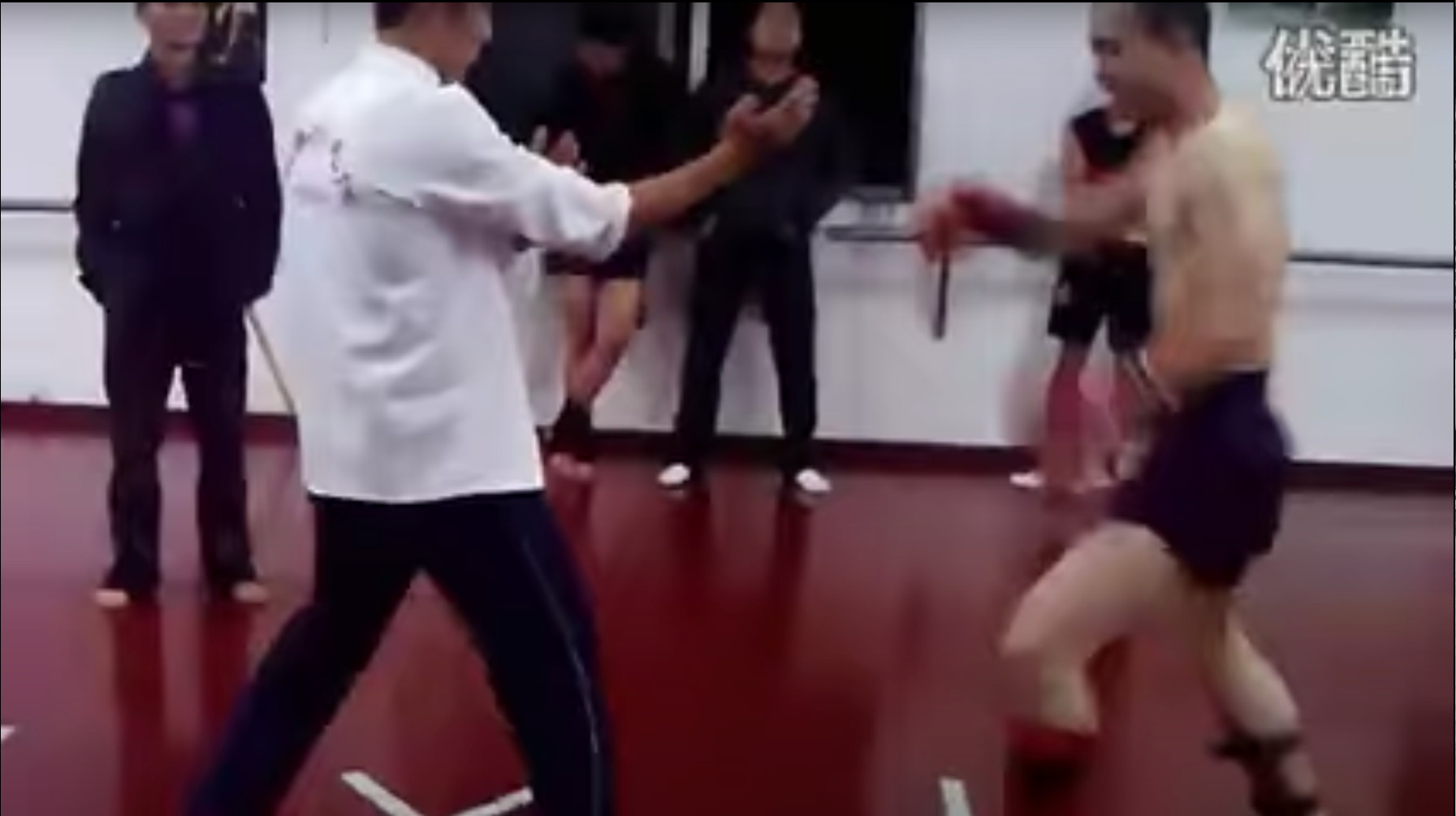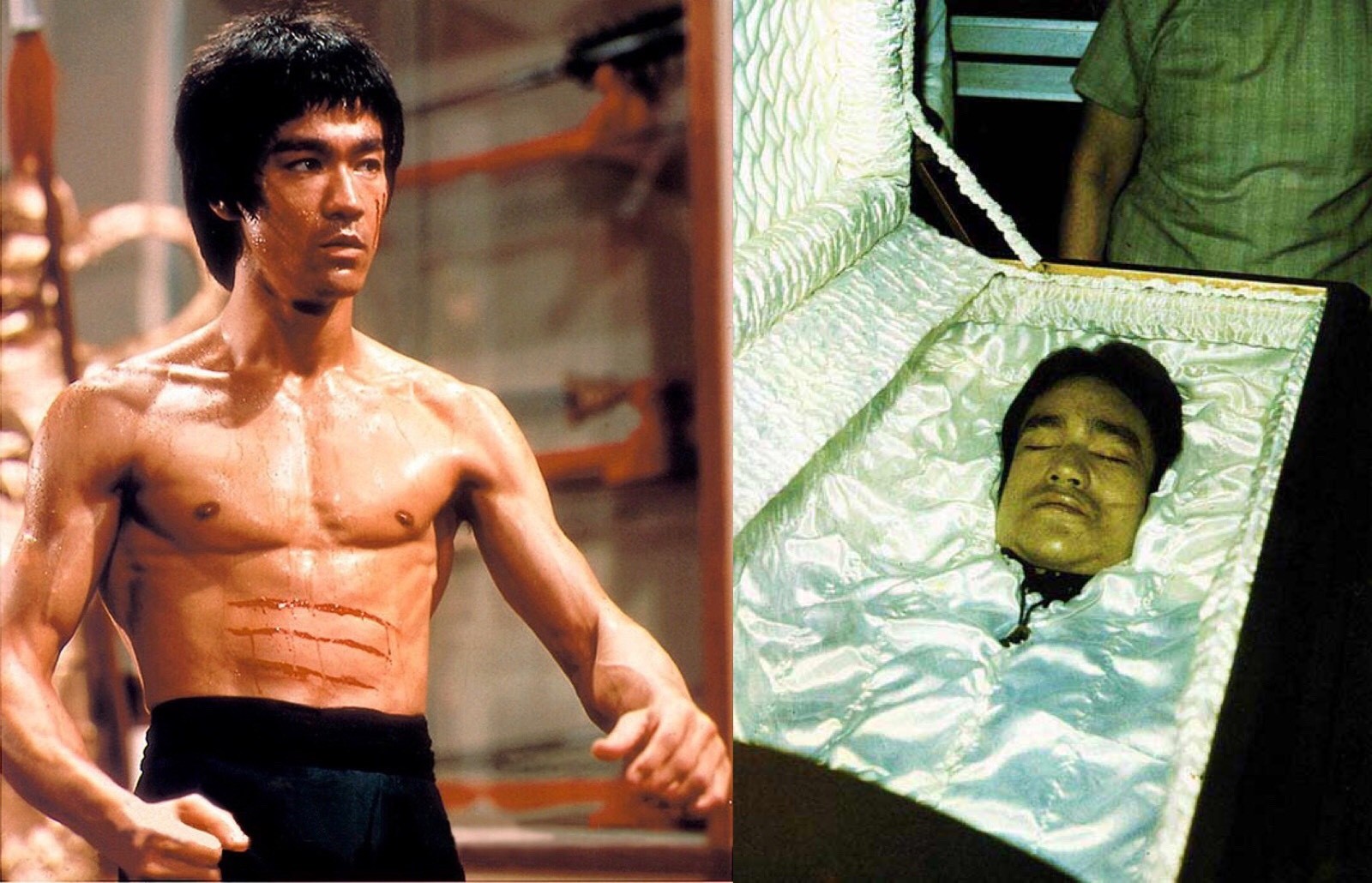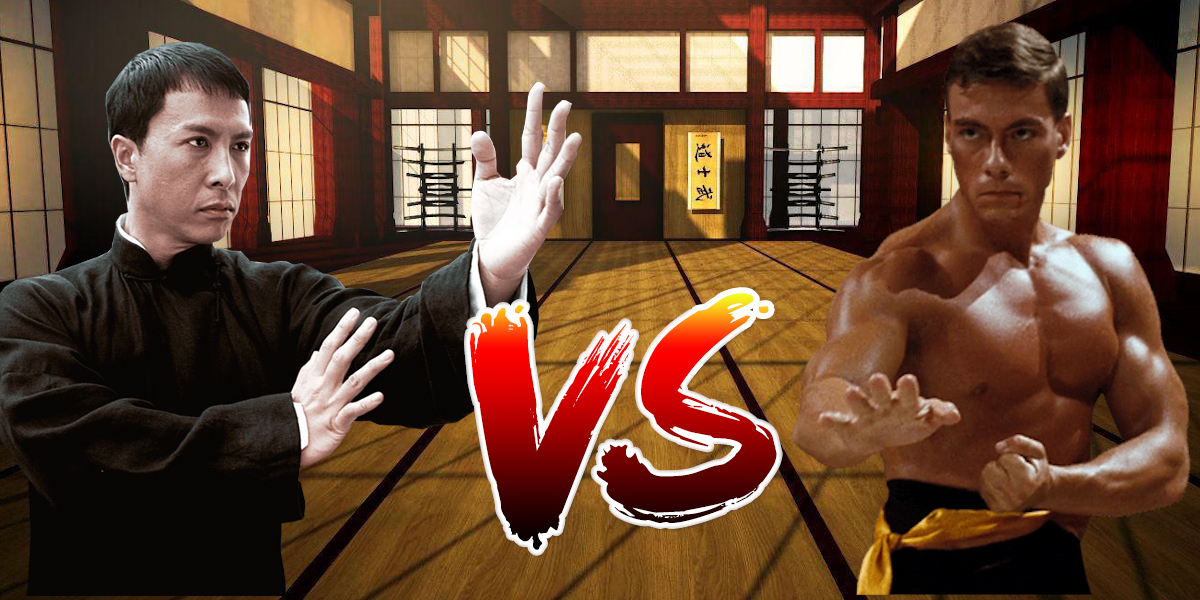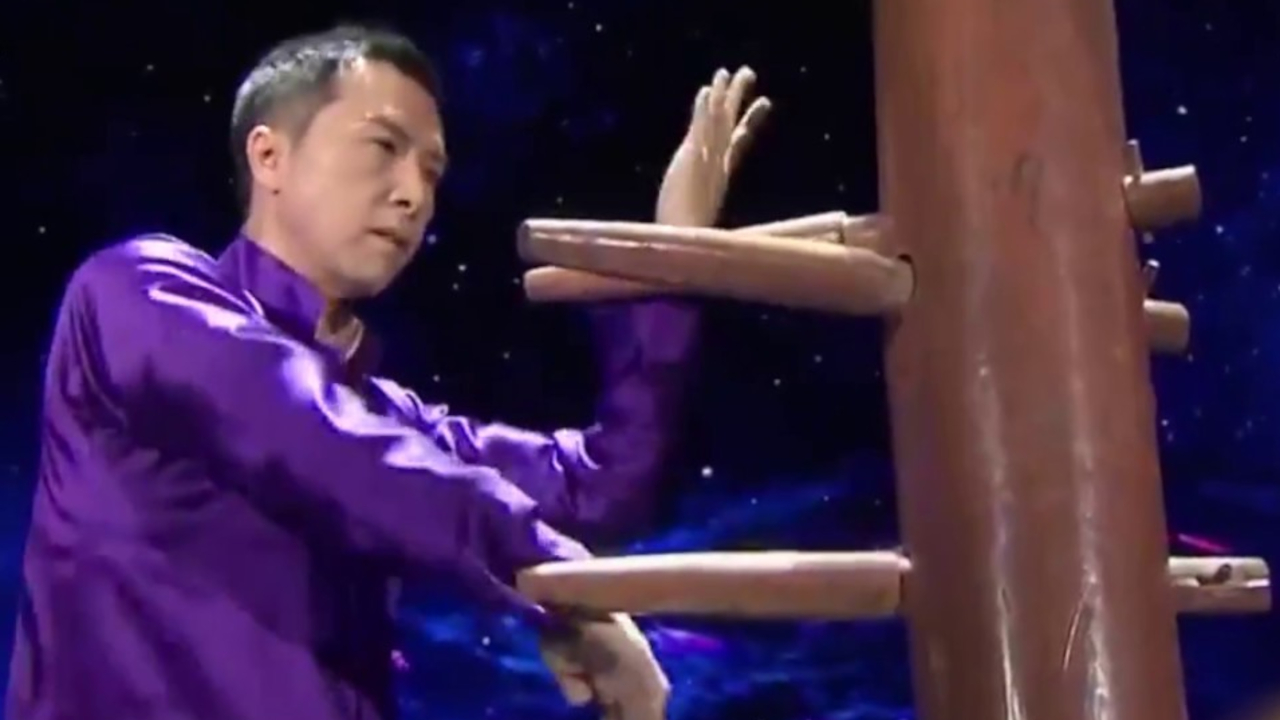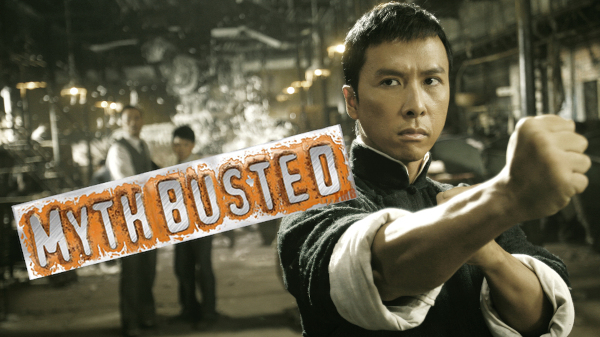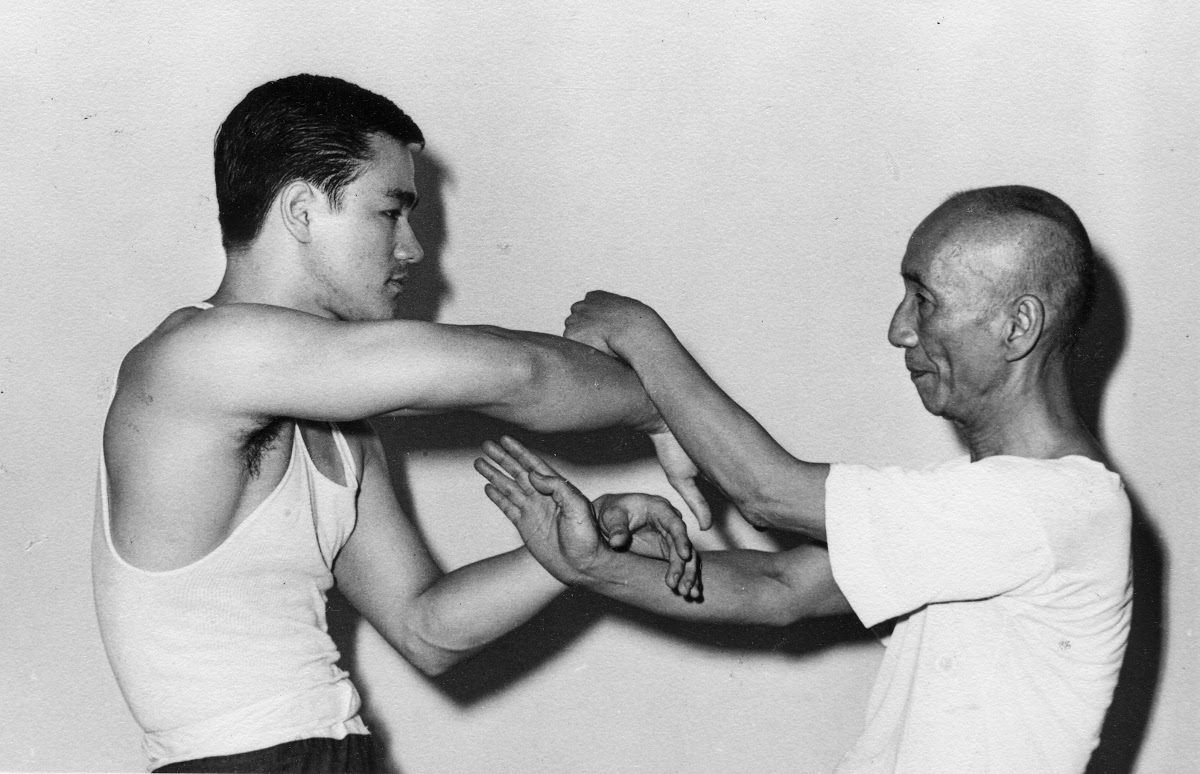Biu Jee: The Advanced Form that Perfects Your Wing Chun Skills
Reading time: 4 minutes
Wing Chun, a Chinese martial art known for its efficiency and practicality, has gained considerable popularity over the years. It consists of three primary forms: Siu Nim Tao, Chum Kiu, and Biu Jee. This article will delve into the practical applications of Biu Jee, the advanced form that perfects your Wing Chun skills, with a focus on its significance in one's training and real-world self-defense techniques.
I. Biu Jee: The Third and Final Form of Wing Chun
What is Biu Jee?
Biu Jee, also known as "Thrusting Fingers," is the third and final form of Wing Chun. It encompasses advanced techniques that enhance and complete the practitioner's understanding of martial art. Biu Jee incorporates elements that enable a practitioner to recover from compromised positions and apply advanced striking and grappling techniques for effective self-defense.
Building Upon Siu Nim Tao and Chum Kiu
Biu Jee expands upon the foundational principles and techniques learned in Siu Nim Tao and Chum Kiu. Siu Nim Tao, the first form, focuses on developing proper structure, stance, and basic hand techniques. Chum Kiu, the second form, emphasizes bridging the gap between the practitioner and the opponent, incorporating footwork and coordinated body movements. Biu Jee builds on these foundations by teaching advanced techniques, recovery strategies, and specialized strikes to help a practitioner become a well-rounded Wing Chun expert.
II. Practical Applications of Biu Jee in Training
Recovery Techniques

In Biu Jee, practitioners learn how to regain control and recover from vulnerable positions. These techniques are crucial for situations where a practitioner's stance or structure is compromised. Training in Biu Jee equips individuals with the necessary skills to reestablish their footing and reassert control in a self-defense scenario.
Advanced Striking and Grappling
Biu Jee introduces a variety of advanced strikes and grappling techniques that maximize power and efficiency. The form includes finger thrusts, elbow strikes, and palm strikes, which can be used to target vulnerable areas of an opponent's body. These techniques, when properly executed, can neutralize threats swiftly and effectively.
Improved Coordination and Reflexes
Biu Jee training enhances a practitioner's coordination and reflexes by emphasizing quick, agile movements. This heightened sense of awareness and physical agility is crucial for real-world self-defense situations, where reacting rapidly can make all the difference.
III. Real-World Self-Defense Applications
Versatility in Combat
Biu Jee teaches practitioners to adapt to various combat scenarios by providing a diverse range of techniques. This versatility ensures that individuals are prepared for any situation, enabling them to defend themselves effectively against different types of opponents and attacks.
Targeting Vital Points
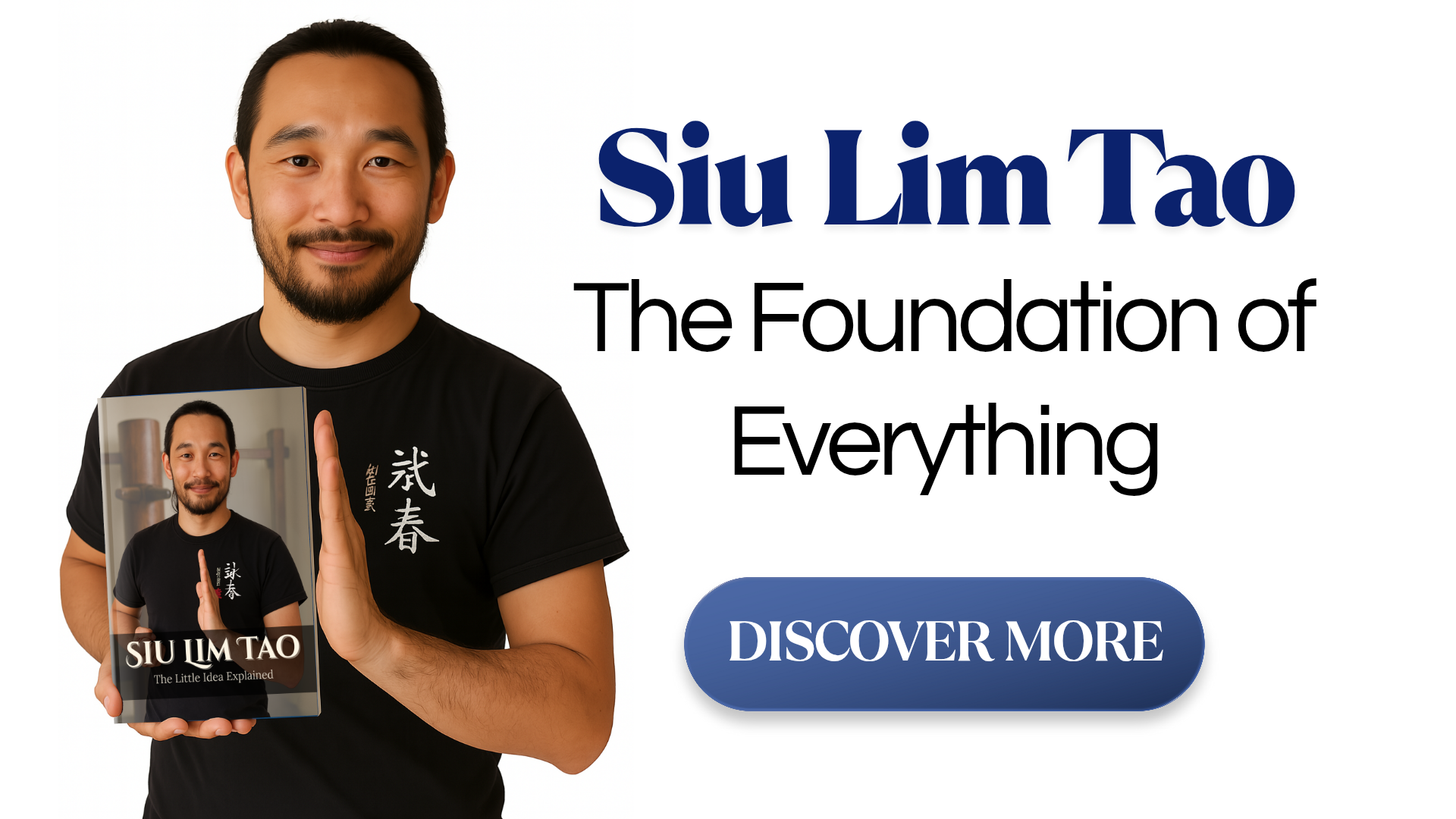
The advanced striking techniques in Biu Jee are designed to target an opponent's vital points, such as the eyes, throat, and joints. By focusing on these vulnerable areas, practitioners can incapacitate their attackers with minimal effort. This precision and effectiveness make Biu Jee techniques invaluable for real-world self-defense.
Escaping from Grabs and Holds
Biu Jee also covers techniques for escaping from various grabs and holds, a common threat in self-defense scenarios. By understanding how to free oneself from an opponent's grip, practitioners increase their chances of successfully defending themselves in real-life situations.
Adaptability and Recovery
One of the key strengths of Biu Jee is its focus on adaptability and recovery. In self-defense situations, things may not always go as planned. Biu Jee equips practitioners with the skills to adapt to unforeseen circumstances and regain control, even when they are at a disadvantage.
Conclusion
Biu Jee is an essential component of Wing Chun training, offering advanced techniques that perfect a practitioner's skills. By mastering Biu Jee, individuals can enhance their self-defense capabilities, improve their adaptability in various combat scenarios, and increase their overall martial arts prowess. Through dedicated practice and a thorough understanding of Biu Jee's practical applications, practitioners can become well-rounded Wing Chun experts, ready to face any challenge in both training and real-world self-defense situations.
Thank you. Your comment will be approved shortly.
Comments
Thank you. Your comment will be approved shortly.
Thank you. Your comment will be approved shortly.
Thank you. Your comment will be approved shortly.
Thank you. Your comment will be approved shortly.
Thank you. Your comment will be approved shortly.


